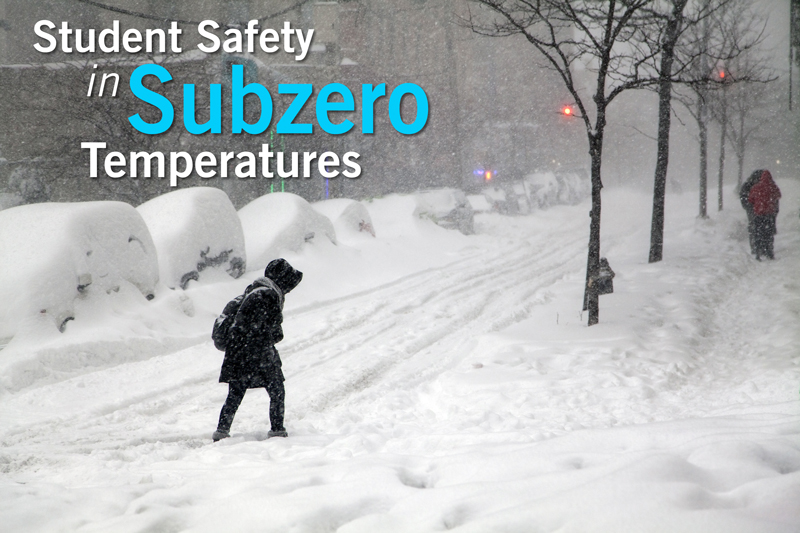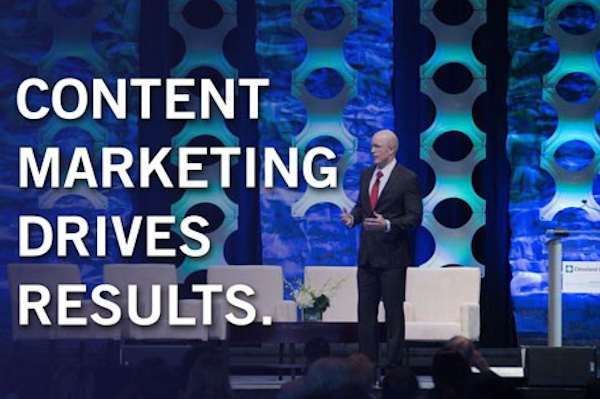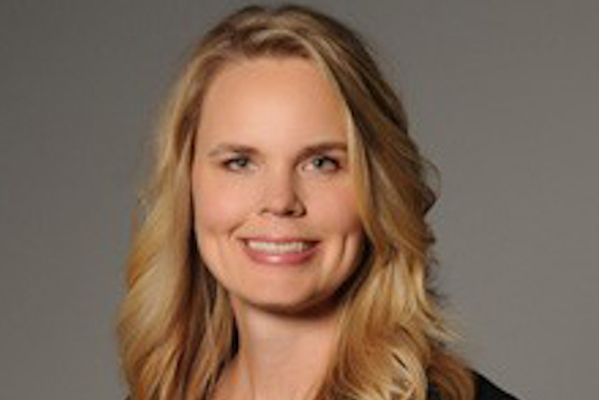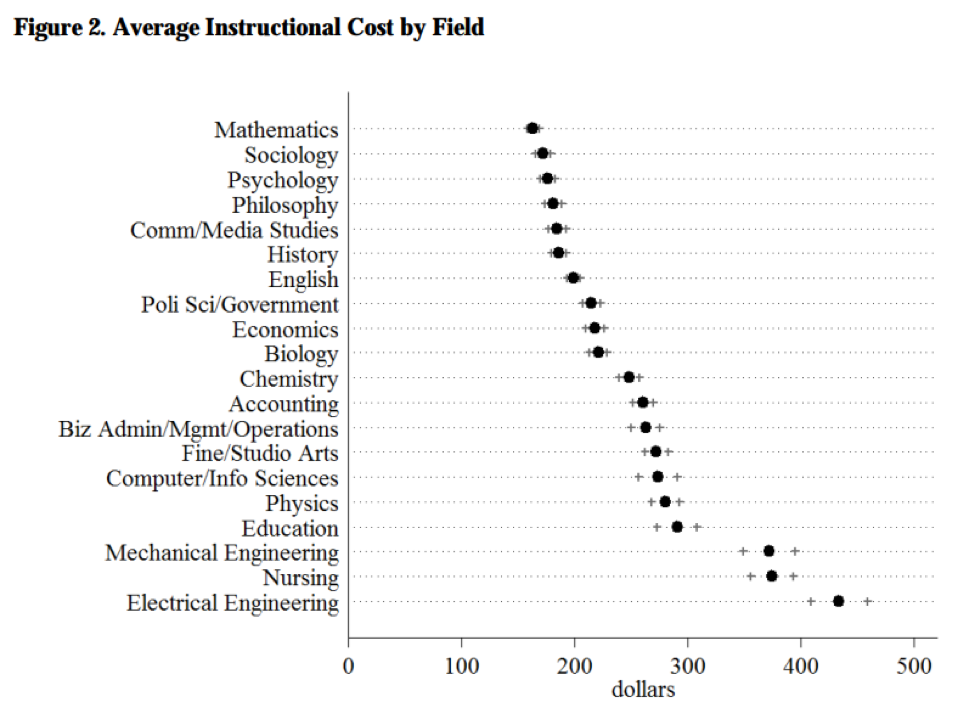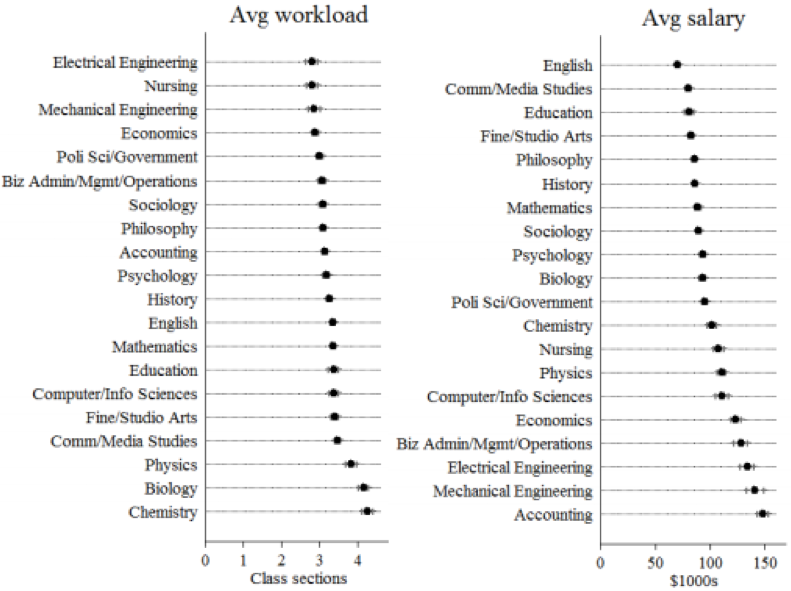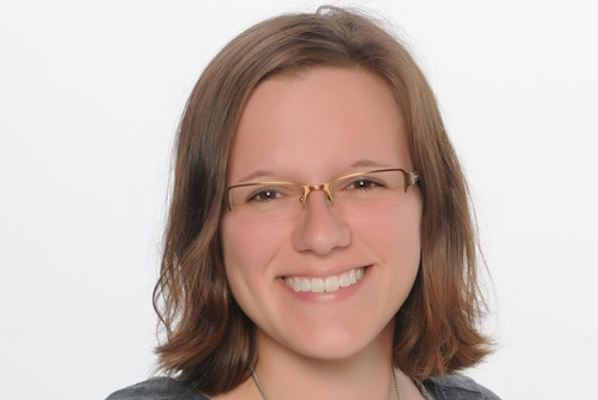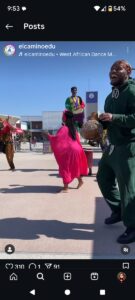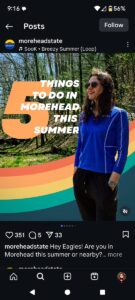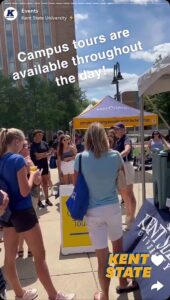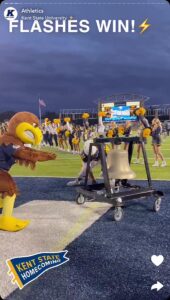In this podcast Stamats Chief Content Officer Christoph Trappe and Davia Lassiter, director of marketing at College of Continuing and Professional Education at Kennesaw State University, discuss the enrollment funnel and share tips on how to hit your target prospects.
The success of attracting your target audience depends on the accuracy of your aim. Our highly interactive workshop will explore the prospective student journey and examine how to identify and successfully target population segments. Attendees will also learn practical copywriting tips and get a crash course in branding guidelines to help lead prospects from the top of the funnel to the bulls-eye. Davia Lassiter, Director of Marketing at College of Continuing Professional Education, leads the workshop with her adult student marketing expertise.
What You’ll Learn
- How messaging and the brand experience directly influence engagement, response, and conversion
- Crucial points in the adult student journey that require more focused and frequent communication
- Best practices for target marketing across channels
Read the Transcription Below
Christoph Trappe: Hello everyone. Christoph Trappe here with Stamats and the Adult Student Marketing Conference. Our first episode for the podcast to talk about adult student marketing and some of the latest trends and information that you should know about.Today I’m joined by Davia Lassiter. She’s the director of marketing, College of Continuing and Professional Education at Kennesaw State University, which is near Atlanta. Thanks for joining us today.
Davia Lassiter: Thank you for having me.
Trappe: You bet. Always glad to talk with you. So, Davia is one of our speakers in San Diego in 2019 and of course her topic, which officially is called “The Bullseye, a Multi-layered Approach to Target Marketing” is something that’s really near and dear to my heart, because that’s what I do all day long.
How do I market to the right people? And not just how do I market to anybody, but how do I actually figure out who my target audience is? How do I reach them? What channels to use? And so, Davia, how does that kind of fit in with Adult Student Marketing?
Lassiter: Well, what’s interesting is that I work in continuing education. And so, our students are really non-traditional. A lot of people when they think of colleges and universities, they focus on 18-years-olds, 19-year-olds, kind of your typical student.
So, with those of us who market to adult learners, we kinda have to take a little bit of a different approach. And there’s a lot of technology, a lot of best practices, but you could do all these wonderful things, but if you’re not targeting correctly, then it will really all just be in vain.
So, it’s just super important to understand your target audience and then focus on the strategy of what to say to them, how to deliver the message to get the maximum ROI that you desire.
Trappe: Yep. And that is of course, sounds a lot easier than it is in real life.
Lassiter: Exactly. That is absolutely correct. But just takes some education, some training and just connecting with the right people that could lead you in the right direction. Which is why this upcoming conference is so important.
Determining Your Target Audience
Trappe: Absolutely. That’s great. And so, when you talk about how do you determine who your audience is? How do you actually determine who to go after? Who is the non-traditional student that fits for your higher education organization? How do you do that?
Lassiter: Well, what’s interesting about what we offer is that we have such a variety of programs. So, our core is professional certificate programs. So, these typically target people who have been working for a while. So, they’re not these 18-20-year-olds. They’re mostly late-20s, early 30s and up in the 40s. So, we kind of can target them based on age as well as where they are professionally.
We also have a program based on the Osher Life-long Learning Institute. And this targets adults 50 and older. Last, we have Summer University, which is for children who arriving first graders all the way through high school seniors. So, knowing that we do serve a large audience, but also being able to segment them really helps us to determine, okay, this is the message that we want to deliver. And based on this segment of the population, this is how we should deliver.
For example, and these are things that I took on in our presentation. If you’re trying to target adult learners in the OLLI Program, Snapchat is not where you need to be. Whereas for Summer U, you probably don’t want to have anything on LinkedIn.
So, it’s just researching where your target audience lives online or if it’s something that you need to do in direct mail. And then forming your message to really get their attention and persuade them to select you.
Because there’s so many options out there for education, so many options for camps and all types of things just regarding education. So, it’s just a matter of reaching those target audience members, delivering a message that resonates with them and getting them to be in your enrollment file, stay there so that they convert to one of your students.
Trappe: Yeah. And of course, that’s a pretty wide range, right, of ages. When you go from the late-20s to the early 50s or later, do you prioritize who to go after with the message? Or how do you do that?
Best Choices for Your Marketing
Lassiter: Well, I wouldn’t say we prioritize. The way our cycle works is that we are pretty open year-round. So, we don’t get summers off, you know, we don’t have that type of schedule. So, we base our marketing on when our classes are. Focusing on professional certificate programs, some programs start once a year and they last maybe 9-14 months.
Other programs last about 12 weeks, so we offer them 2-3 times per year. So, it just really depends on when the programs are offered. Summer U, of course, is only in June and July, so we have a very specific marketing cycle.
And then our OLLI programs, they’re so vast. We have classes that are offered 2 or 3, maybe four times a year. We’ve also introduced international and domestic travel to OLLI. They also have socials that are three times a year.
So, it’s very specific on the type of program. And then the different offerings within certain programs as well.
Trappe: It’s so interesting. And I wonder how long is the sales cycle, for a lack of a better term, the conversion cycle? So, I’m thinking of myself. I went to the University of Iowa to get my journalism degree, jumped right into the professional life. Went back, got a couple certificates from Cornell for change leadership, marketing strategy, something like that.
And then every once and a while, now I run into people who talked about master’s degrees and leadership and other things. And I’m always talking about it, I’m thinking about it, I’m talking to my wife, “Should I do this? Does this pay off? Is this worth my time right now?” So, the sales cycle for me is relatively long.
Lassiter: Right? That’s makes sense. And it’s funny. I also have a journalism degree, so we have that in common.
Trappe: Excellent. So, how far do you – so sometimes what I see when we talk about marketing strategy, we have – you start a marketing campaign or marketing initiative and people want to see results tomorrow, right? Like, is this working yet? The thing we started yesterday? No, it’s not.
What have you found – how long does it typically take to actually convert somebody? Is it longer or shorter? And of course, maybe the answer is often “it depends.”
Be Aware of the Enrollment Funnel
Lassiter: It depends. That is exactly right. But it helps when people are familiar with the enrollment funnel. So, the funnel that we refer to has five different levels.
So, the first level is “Awareness.” And that’s just really casting a very wide net so that people really know that you exist. So, you’re trying to get their attention. And then you move down to interest.
So, for example, someone saw your Facebook ad and clicked on it and filled out a form, so they could get more information. Someone received a course catalog in the mail, which is something we mail out quarterly and they called or visited your website and requested more information.
So, once people are aware of the programs that you offer and they follow up with you, they are in your funnel. So, they indicated interest in something that you have to offer. From there, you nurture them.
Nurturing for Conversion
You follow up with them, you answer their questions, you give them information about upcoming events, whether it’s an open house or a webinar, or a meet-and-greet, or a tour of our facilities. You’re pretty much dangling a carrot.
And the nurturing part is so important because they’re not only vetting your program, but they’re vetting your competitor’s programs as well. Adult learners are very smart and they definitely want their own ROI. So, just like marketers are looking for ROI, so are these adult learners.
So, the nurturing part of the funnel is very, very important. From there, you want them to convert. You want them to make a purchase. Which in our case is enrolling in our programs or in the Osher Life-long Learning Institute or putting their kids in Summer University. And what we do special here at KSU is in our marketing, we utilize our students in our marketing.
So, we love to get testimonials, we love to hear success stories, because that brings us to the bottom of the funnel, which is being a brand ambassador, or being an advocate for the program. And from there, we move back to awareness. We use those testimonials and those success stories and we put them into our marketing to make others aware of what we have to offer.
So, for us, we know that students can take a month to make a decision, some take two years to make a decision. And that’s just based on information that we’re seeing from the data.
Another example is that we’ve done quite a few Google AdWords campaigns. And we had someone reach out to us in 2015 about a particular program and they wound up enrolling in 2017. So, it really depends on the price of the program, the length, whether it’s online, whether it’s during the daytime, whether it’s on the weekend.
So, again, it’s very, very dependent upon a variety of factors. But again, out of everything that’s in the funnel, the nurturing, is super, super important because that’s what – that part is what will get people to again, convert and then potentially be an advocate for your program.
Trappe: Yep. And I like how you say “Non-traditional students also look for their ROI,” which is exactly what I’m doing as well, right? I mean if I go back and I study whatever the MBA might be, as a non-traditional student, I’m doing the math, you know? Is this going to pay off and how quick is it going to pay off?
And interestingly, I was talking to a non-traditional student actually last night, just kinda happened. And I asked her that same question. I said, “Did it actually pay off?” And she goes, “Absolutely. I did the math and here’s how quickly it paid off.”
So, very interesting to see how strategic non-traditional students – many people are about it.
You are also going to talk about some copywriting tips that our Adult Student Marketing Conference in February. Any tips you can share along those lines?
Impact of Testimonials
Lassiter: Absolutely. So, I mentioned advocacy and brand ambassadorship. So, a testimonial is so powerful. If you include that in your copy, that is a direct example of ROI. So, you just mentioned that you asked someone, “Well, did it pay off?”
Having someone who’s gone through your program and graduated from your program and then go on to secure a job, or get a certain certification, for them to come back to us and say, you know, “I took this program. I had this goal and I exceeded it thanks to you,” that is perfect for your marketing copy. That is really marketing gold.
Answer 3 Questions in Marketing Materials
1. How much will it cost?
So, we try to answer three particular questions in our marketing copy. The first is, of course, how much is it going to cost? People are going to make an investment of money as well as their time. But it could be a barrier of something is out of reach for them financially. That’s going to be very important.
So, with us also providing the cost, we also say, “Here are our multiple financial aid opportunities,” whether it’s a scholarship or education benefits or payment plans. We definitely try to provide solutions to anyone who makes cost as a barrier.
2. How long will it take?
The second question is, “Well, how long is it? How long is it going to take me?” And again, delivery is very important. If it’s online, first is you coming here twice a week or a Saturday for 12 weeks. So, we do have some variety there. And for the sake of the time that adult learners will need, balancing education in their personal lives, we definitely want them to know, “Well, this is how long it’s going to take you.”
3. What is my ROI? Will I get a job?
And then the last is again, ROI. “Will I get a job?” Testimonies are important, like I said before. But we also provide occupational outlooks. So, we are great about citing sources from the Bureau of Labor Statistics, Department of Labor, websites such as Salary.com, just so people can get a full picture. This is how much it’s going to cost. It’s going to take you this long, but these are my possible outcomes. And here’s a student that was successful after going through this same program that I’m interested.
Trappe: Testimonials, they’re painting the dream, right, for you to follow. Yeah. That is great to hear. When you have testimonials, so what I like to say, when you have good content, throw it a parade, right? Put it on every channel.
Lassiter: Exactly.
Trappe: Do you do that?
Lassiter: We absolutely do. We are great at repurposing content, simply because – just because we have something doesn’t mean that everyone’s going to see it. Just because we have something on our social media channels or in our course catalog or in a press release, everyone’s not going to see it.
So, the smart thing to do is if we have one example of content, so if we have a blog that we’ve written, say we’ve interviewed a student, they tell us their success story, we put it on our website, well we can also share that blog via social media in an email.
We can also as I say “flip it” into a press release to try to get media coverage. We can also put it in our course catalog, which is mailed out quarterly to over 250,000 people. So, we definitely try to repurpose our content and multiply this storytelling so that people can see it across different platforms.
Trappe: And you know, it’s so funny. It’s actually funny to me because 15 years ago, people would say, “Oh my goodness. You need unique content for every channel.” And what you described, I’m a big believer in that concept, create once, publish everywhere, of course. But 15 years ago, people would say, “We need unique content for every channel because everybody will see everything on every channel.” Which of course, we know today is not correct.
So, that’s great to hear. What are your tips for people to keep up on what channels to currently use and is there any change that’s worth sharing?
Which Social Media Channels are Most Effective?
Facebook
Lassiter: Well, Facebook definitely is king whether it’s organic content or even paid. I’ve actually read a report this morning that Facebook ads as far as generating awareness are still #1. Marketers are seeing a lot of ROI from Facebook ads. Can you repeat the question?
Trappe: Yep. So, that was kind of really the answer here. But then is there any other channel? So, Facebook, of course, is a big one. Is there any other channel people should be aware of? We talked about Snapchat quickly. Probably not for the non-traditional student.
Lassiter: Right. Okay. So, for older populations, again Facebook, what we’re seeing is that older populations are able to connect with maybe family members, grandchildren, old friends who may not be in the same time zone, but they can still connect with them online. Instagram is another one. It’s very popular.
We have a culinary program, so it is always great for us to get content that’s beautiful food and we post it everywhere. But having it on Instagram is definitely a plus, since it’s so visually focused. Twitter is also great as well. And that’s just for quick little snapshot updates. We get a lot of engagement. Really most on Facebook, but also Instagram and some on Twitter.
LinkedIn
LinkedIn is perfect for us, considering again that our core is professional certificate programs. So, connecting with our graduates, encouraging them to list our colleges page on their LinkedIn profile is huge because we want to present them as professionals, right? And they should want to present themselves as professionals. They have this certificate, they’re trying to get these promotions, move up in their professions. So, LinkedIn is pretty big as well.
YouTube
And then there’s YouTube. People love videos. It’s just a different way to deliver content. So, earlier I mentioned how we interview students and we put it on the blog as well as other platforms. Well, we also use video as well. So, that’s perfect for us just to share in a tweet, on LinkedIn. Sometimes we embed videos within blogs. So, there’s a lot of opportunity there as well.
For things like Snapchat and Pinterest and whatever else is out there on the horizon, it’s just a matter again of knowing your audience and knowing where they live. On a basic level, definitely Facebook, LinkedIn, Instagram, Twitter and YouTube. That sounds like a lot, but there’s so much I guess intermingling that you could do among those different platforms.
Trappe: Yeah. It is a lot. But that’s kind of the world we’re in. Things are continuously adding on top of what we already have to do. On Facebook too, I don’t know if you saw this, but people do go to the Facebook page of universities.
So, it’s really important to have that looking nicely for them, even if you have a nice cover image. Now you can do a video even. I don’t know if you knew that or not. I just saw that the other day to do a nice video.
Lassiter: We have that. Yeah. We actually have that on our Summer U page, just to get the parents and the kids engaged. And one other item that I wanted to point out is we are one of the colleges that comprises the university, so we actually have our own Facebook page.
So, of course, there is a university-wide Facebook page as well as other platforms on social media. But with us having our own, we’re able to control the content. And that way everything that we push out online on the social media platforms is all about continuing and professional education.
Stamats Adult Student Marketing Conference
Trappe: Yep. Absolutely. Great. This was a great overview of your session at the Adult Student Marketing Conference in San Diego in February. Anything else you’d like to share that I didn’t ask you?
Lassiter: Let me think. Well, I really hope that for those who are new to Stamats, that they definitely consider coming to the conference. Number one, I know that they enjoy conferences in an area when there’s a beach. So, it’s always enticing, but this year in February was my first time attending and also presenting. And it was really, really wonderful.
I attend conferences pretty regularly, but this one was actually one of my favorites. I just love being able to network with everyone and just meet other people who deal specifically with adult learners. So, it was just very, very refreshing.
And we have a lot of great people, a lot of subject matter experts who are ready to share their best practices. Because we all have the same goals, getting enrollment and educating others. So, it’s just a great time to come connect with others, learn a lot of information and bring it back to your own team so you can meet your respective goals.
So, I just really hope everyone comes out to Stamats, it’s going to be an awesome time.
Trappe: Great. Thank you so much. And certainly the marketing team here at Stamats knows their audience because that’s why they planned them where there is a beach every year. But thanks for the overview of marketing for non-traditional students. And always appreciate it. And hope to see everyone in San Diego in February.
Ready to Get Started?
Reach out to us to talk about your strategy and goals.

